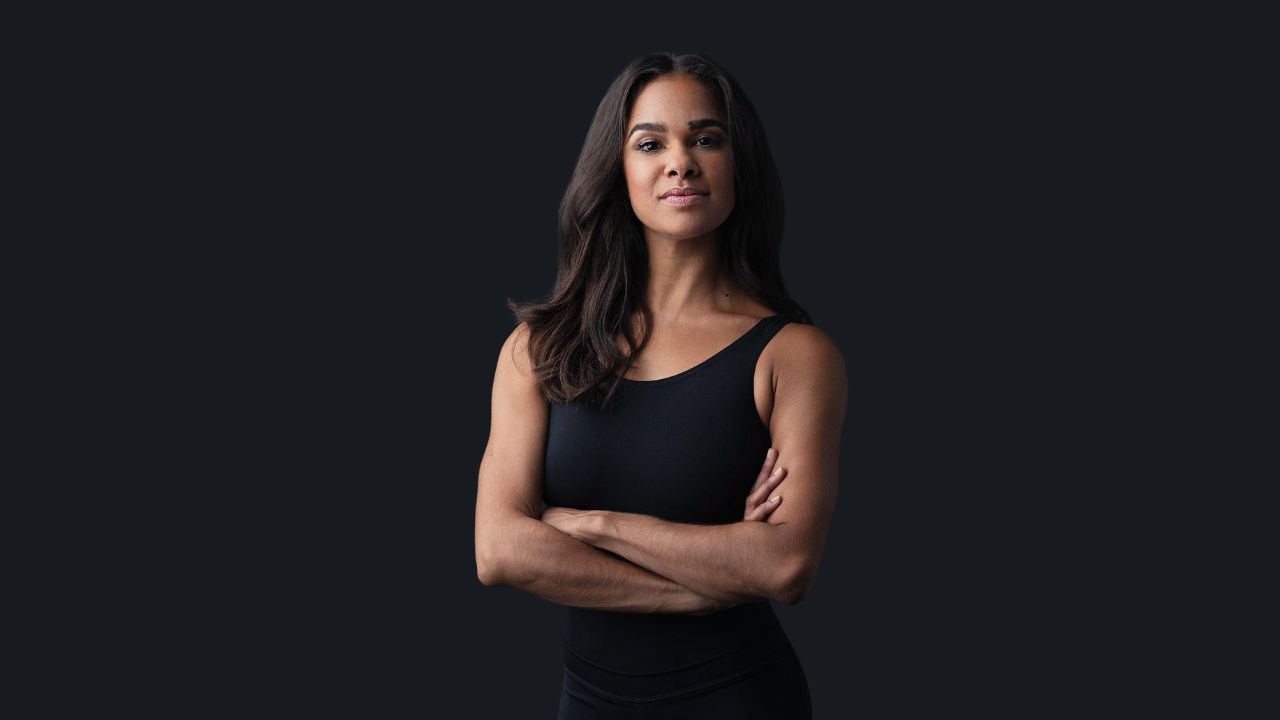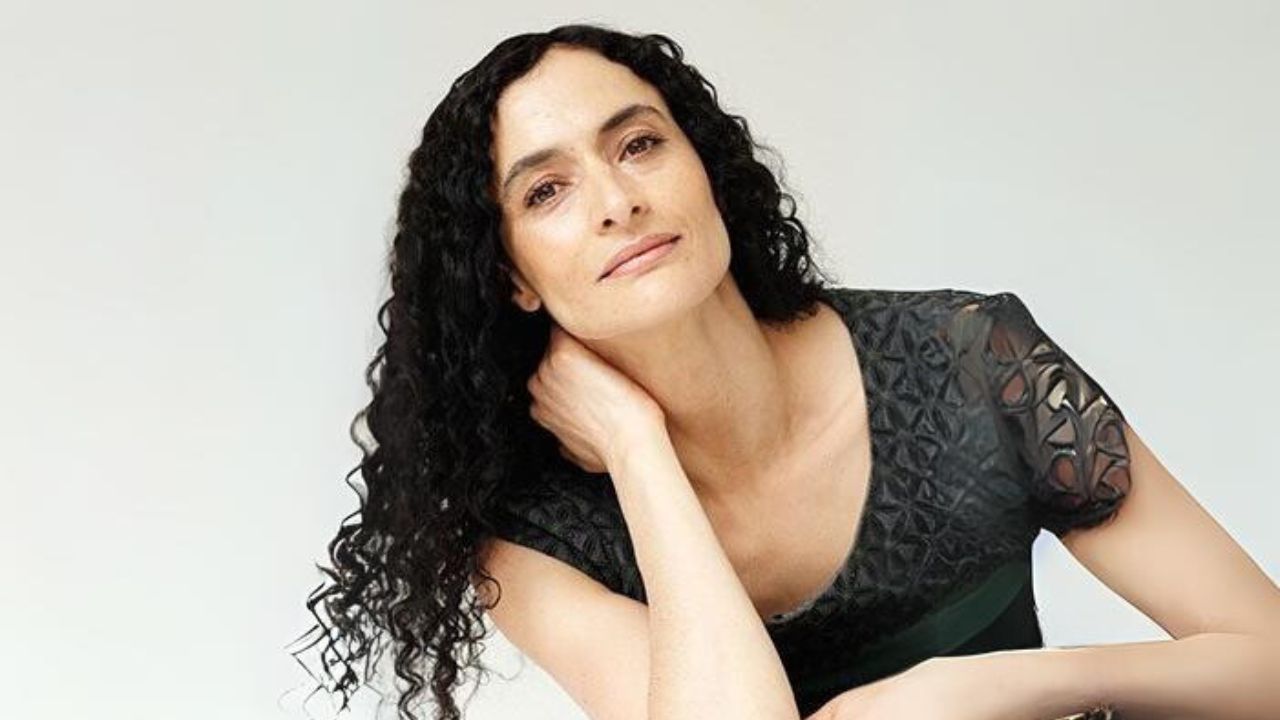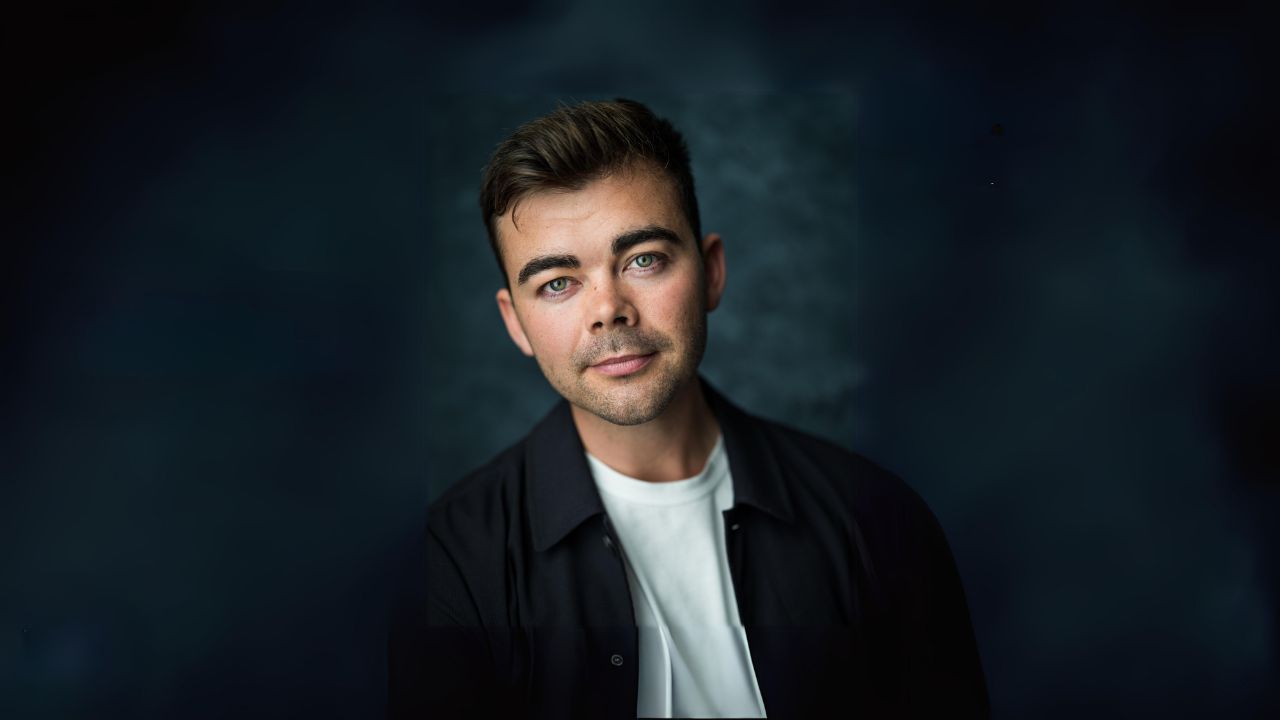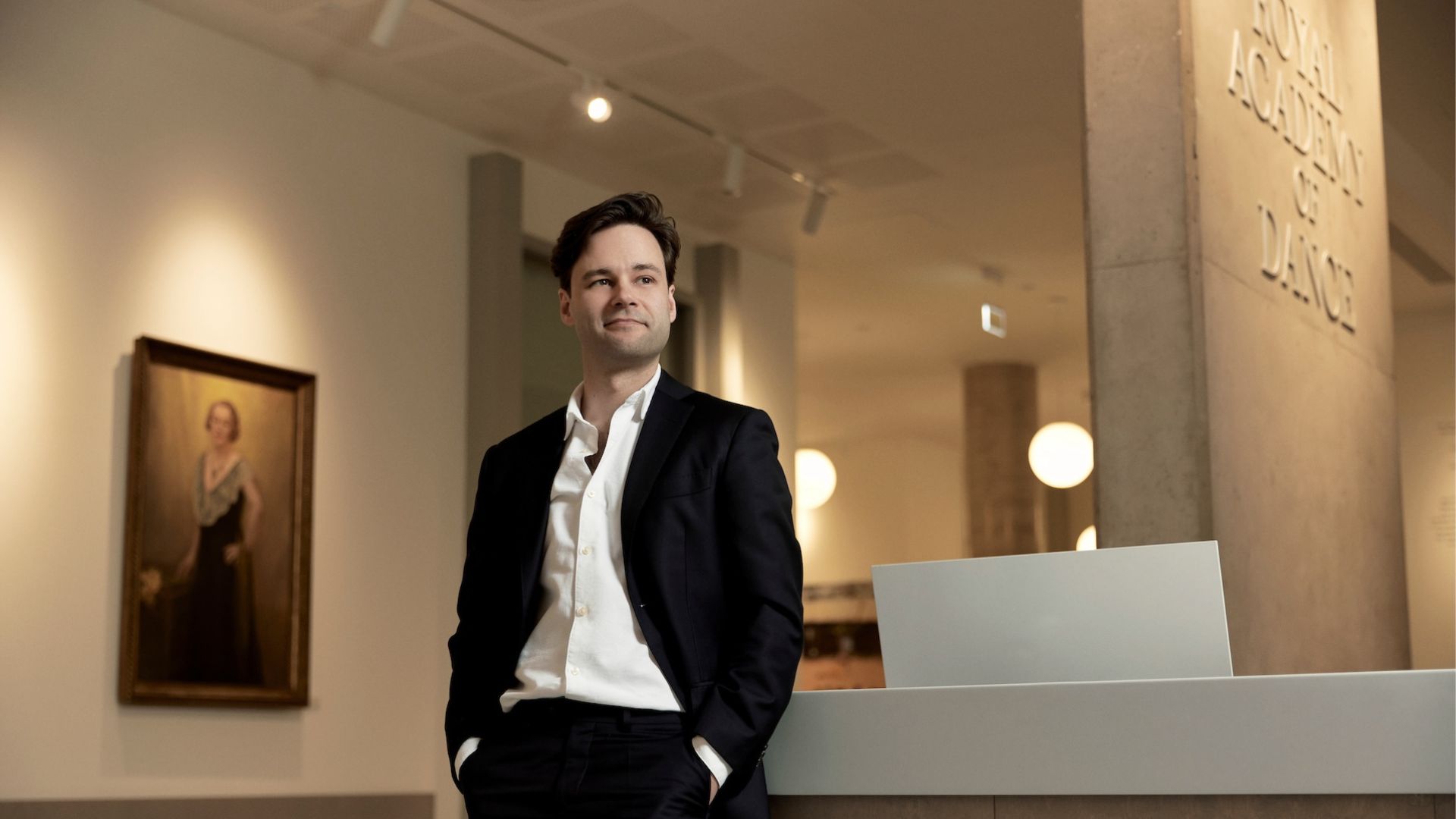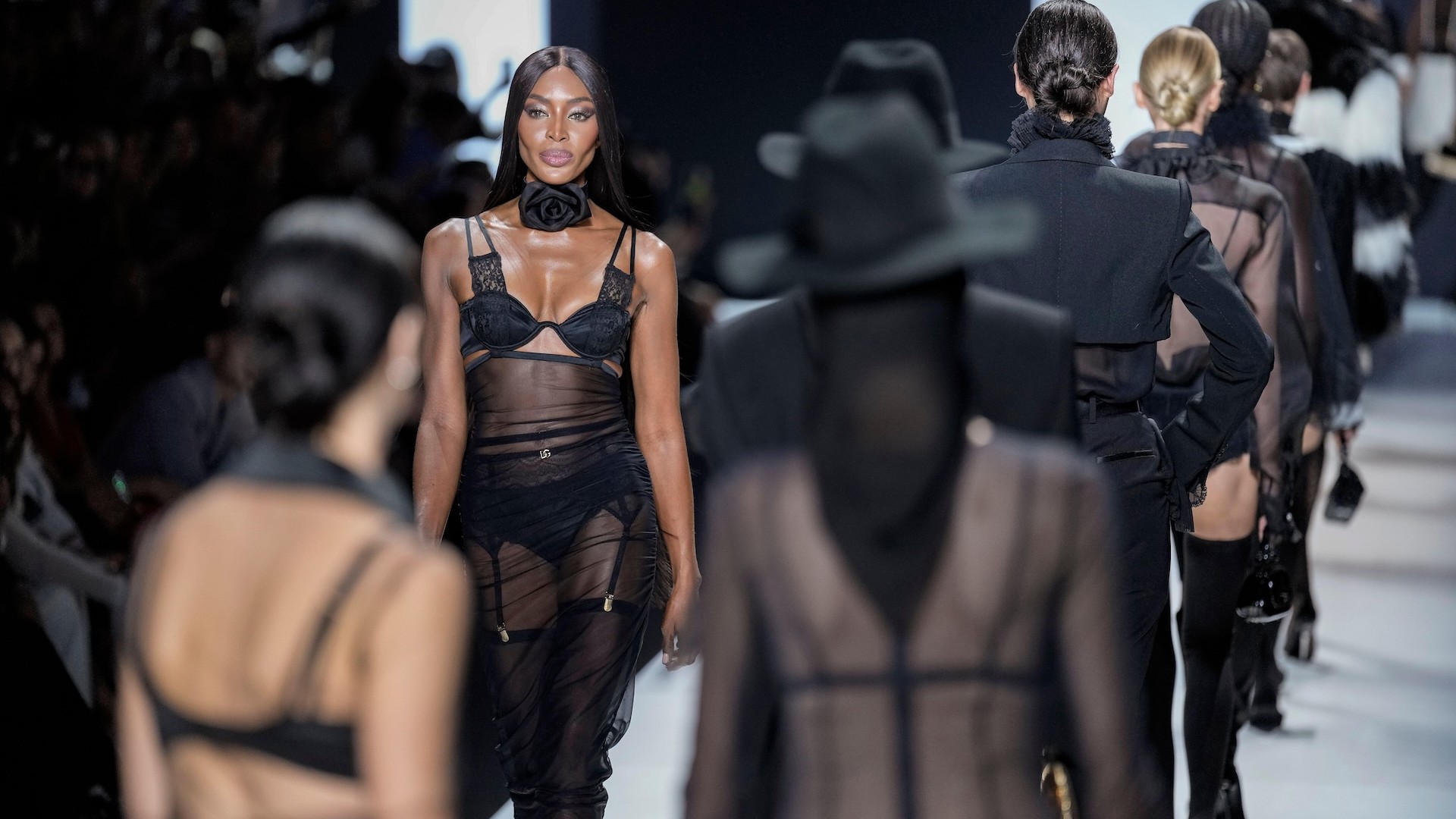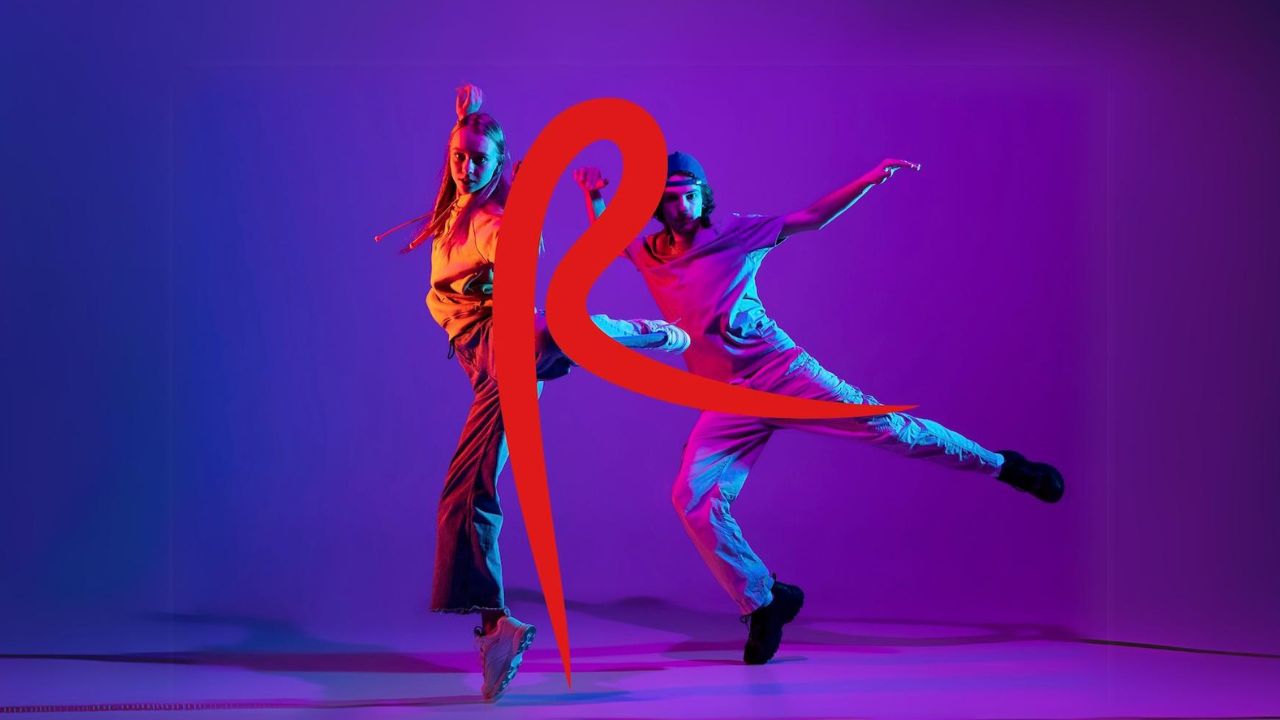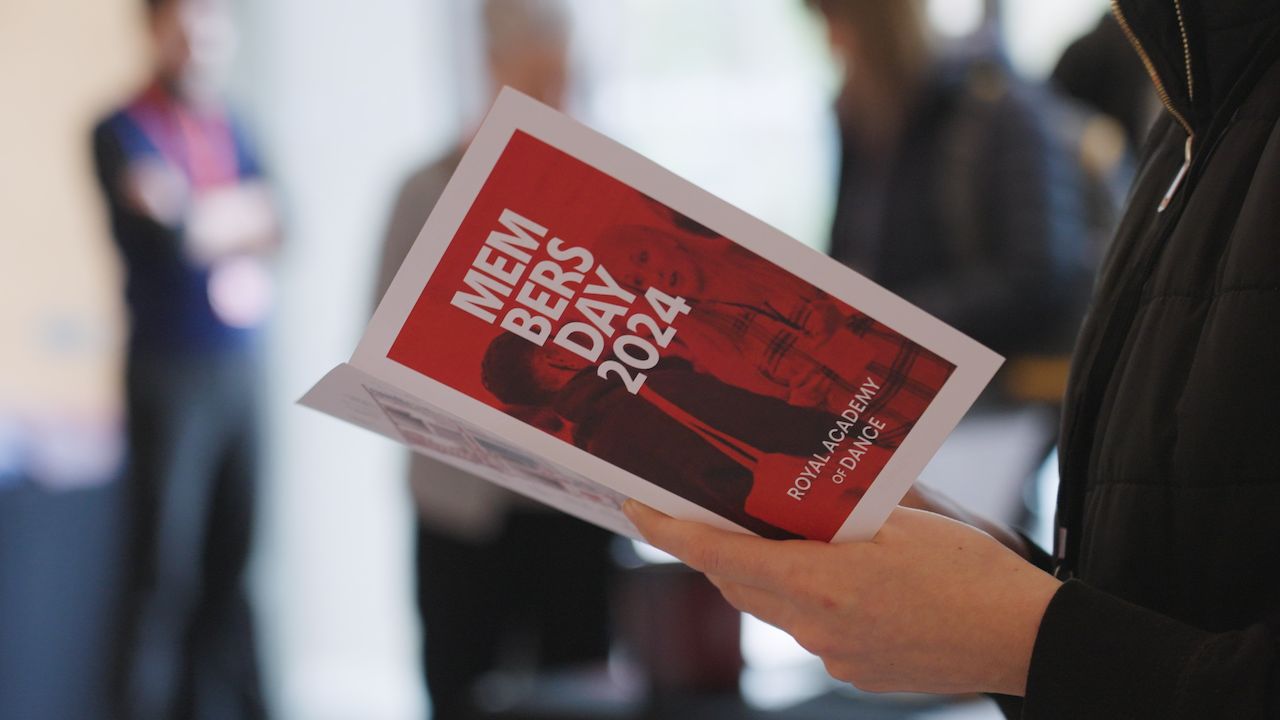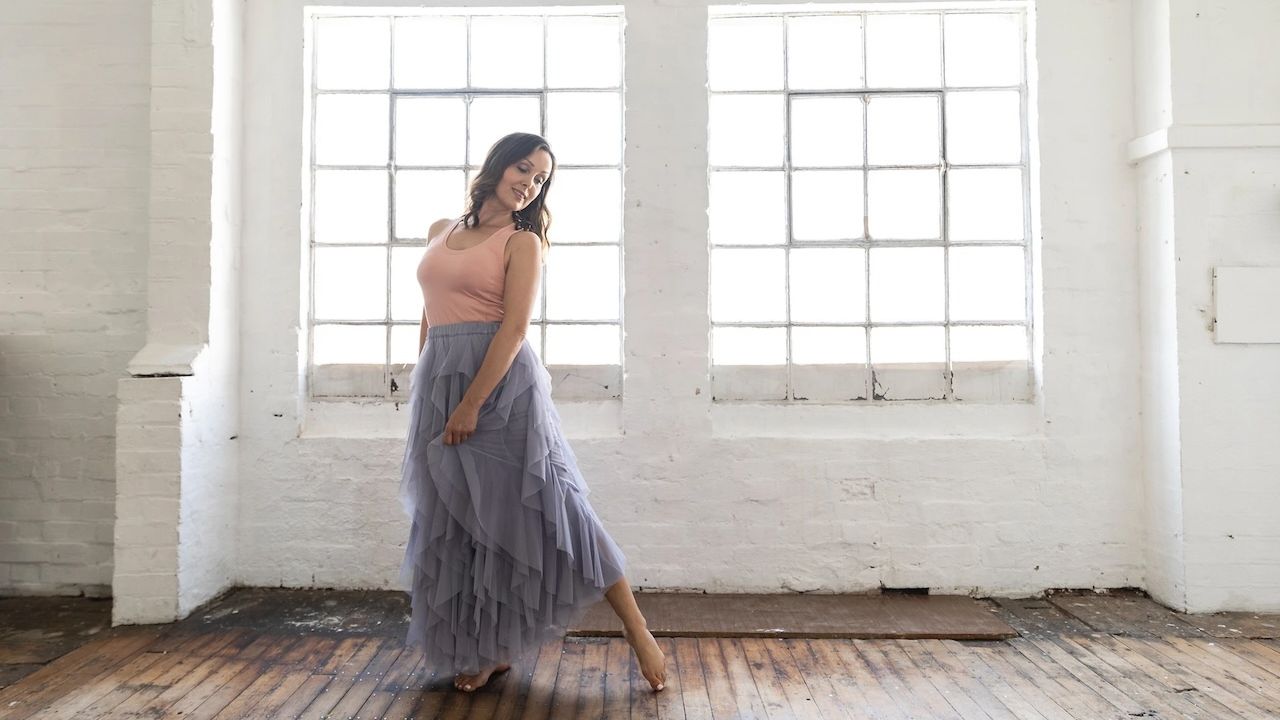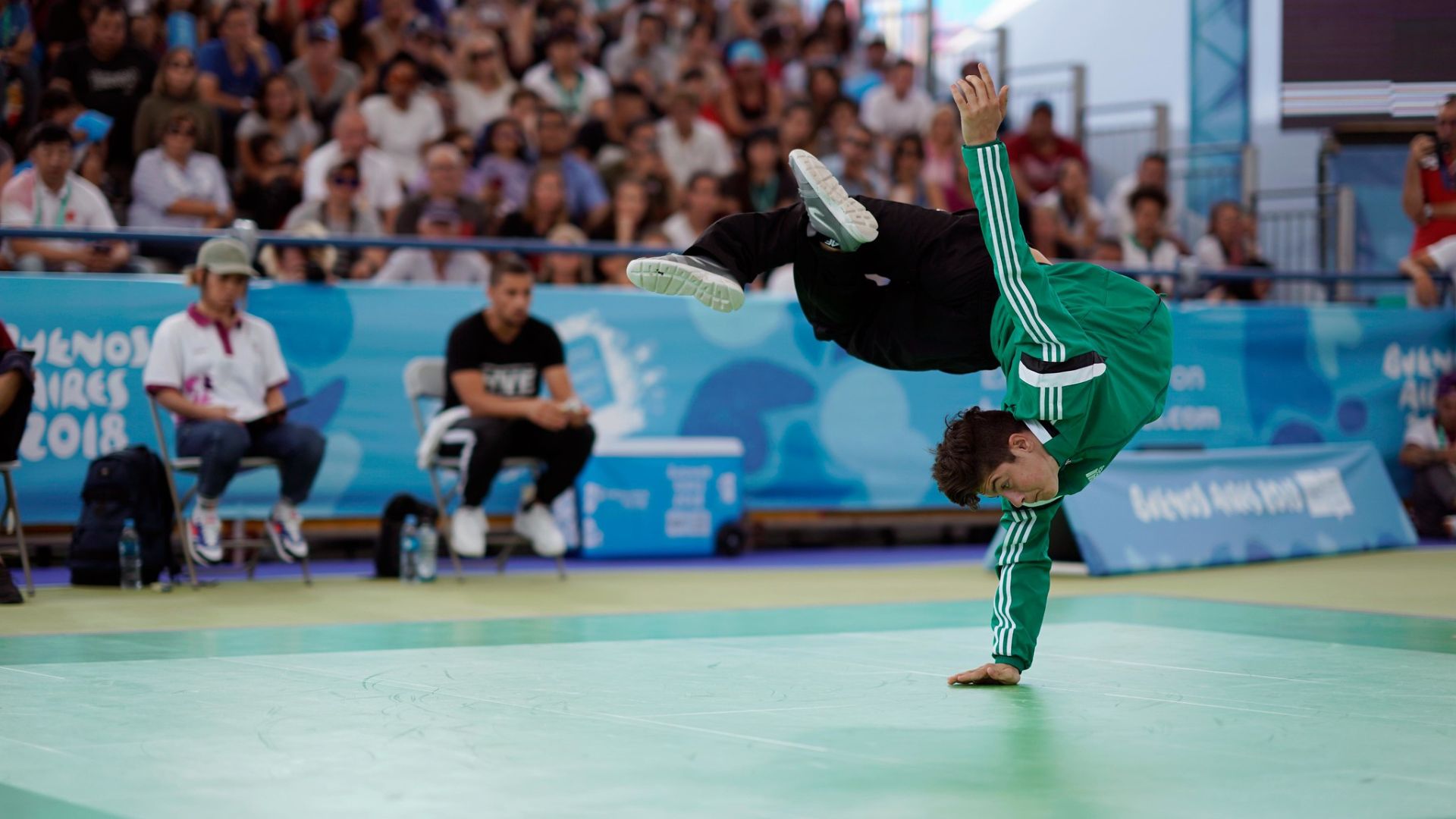You’re a writer, activist, role model – you’re even a Barbie! But do you still think of yourself foremost as a dancer?
Yes, I would say that dancer is at the top. I wouldn’t be the person that I am or have the opportunities that dance has afforded me if I weren’t a dancer. It plays into everything that I do, with this mission and goal which is to bring dance and ballet to more people and to have a conversation about the lack of diversity in ballet.
Joy can sometimes be corrected out of ballet – how do you hold onto it?
No one’s ever pointed that out before but it’s true. I was in an atmosphere where my teacher saw my talent and nurtured it and made sure that I was protected. There was of course negativity and racism happening around me, but I think because I had such a positive experience it became something more to me.
The only experience in my almost 25-year professional career where I’ve experienced nerves to the point of not being able to physically do what I needed to do was the first time I performed Odette-Odile in Swan Lake. So many generations of Black women have been told: you will never be the Swan Queen, you will never be able to fit into Swan Lake. So all of that was in the back of my mind when all of a sudden at 32 years old – which is ancient in ballet! – I was given the opportunity to perform the role. I was trying to undo the generational trauma of Black dancers before me who were told they couldn’t be a part of this. I really had to dig deep. I started seeing a sports psychologist to deal with a performance anxiety that I’d never experienced my whole career and it was all around that expectation.

Do you enjoy passing on your experience to new generations of dancers?
It’s not something I ever imagined I would do, but I feel like it’s our duty – not just in ballet or as women but as human beings – to pass on our experiences to the next generation so they can be more than us. It’s never even been a thought in my mind that I wouldn’t share what I’ve gone through. The work that I’m trying to do within the ballet community is to make it a more inviting, inclusive space. I’ll be doing that work for as long as I’m here.
Nine years ago you became the first female African-American Principal at American Ballet Theatre. Were you prepared for the reaction that news caused?
[The public interest] was so bizarre to me. You could feel it palpitating in the audiences. That season I was promoted, I had performed Swan Lake for the first time earlier in the year in Australia but I hadn’t performed it in America, at our home in the Metropolitan Opera House. The New York Times was coming to review it, which doesn’t typically happen for a first timer typically. There was all this expectation and it was overwhelming. But I was promoted early in the afternoon when I was due to go right into rehearsals and I was performing that night. My phone was exploding but I’m like, I’m rehearsing. Leave me alone, I’ve got work to do!
Does ballet help shut out the noise that can surround you?
That is so dead on. It’s a really helpful tool. This is why I wanted to start the Be Bold program through my foundation. Because I know there are so many children who have similar experiences to mine as a young person, or who are in atmospheres where there’s they’re not being nurtured in any way. There’s so much going on in their outside lives or in school. So to have this one place where you can let go and be free, be creative and find joy – with a support system and someone who cares – that to me is the real core of why I wanted to start this program. It’s what ballet has brought to me. I’ve had a lot of obstacles along the way and it’s been really challenging, but it’s what I think has saved me in so many ways.
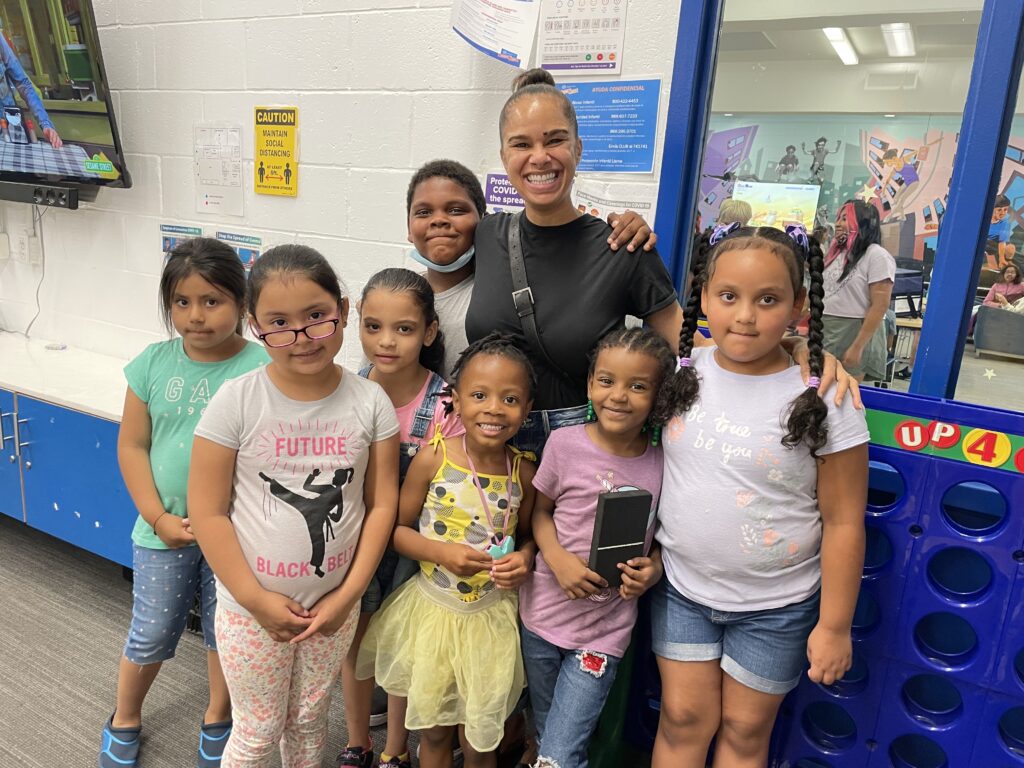
You’ve done so much – would your younger self have expected any of this?
Oh my gosh. No way. Absolutely not. I saw dance as a way out, a way to grow and to have more happiness in my life. But I didn’t think that it would ever reach these heights. I give so much credit to my first ballet teacher Cynthia Bradley. Months after I had started dancing with her, she said to me one day: ‘Misty, you’re going to dine with kings and queens and dance all over the world on the most important stages.’ I remember looking at her like, she is off her rocker. But she had a vision and she saw potential. I’ve always been so grateful for the opportunity to be exposed to dance and I’ve done as much as I can with the opportunity.
Why does dance matter to you?
Dance matters to me because it has been essential in shaping who I am as a person and who I will continue to be.
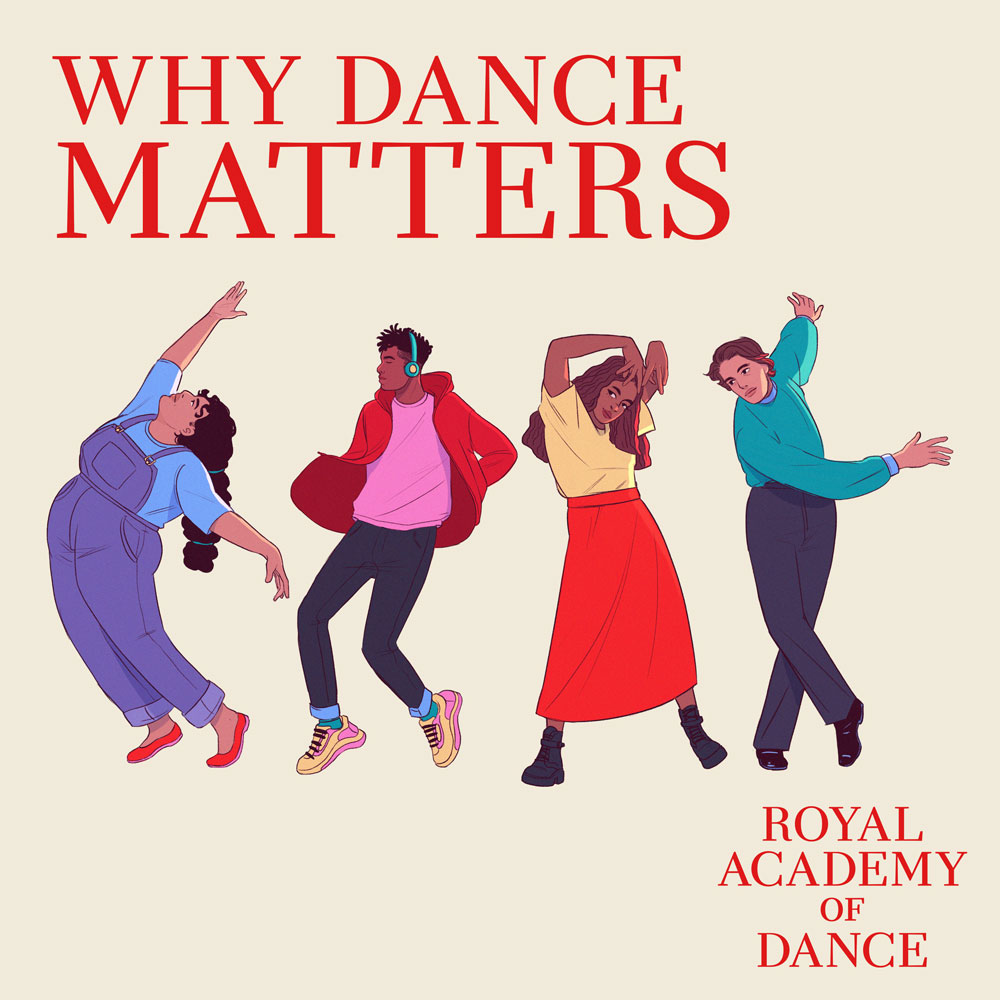
Why Dance Matters
Why Dance Matters is the RAD’s podcast – a series of conversations with extraordinary people from the world of dance and beyond. Misty Copeland launces the new season of on Why Dance Matters, the RAD’s podcast, on 13 June. Other guests this season include Kenyan ballet teacher Michael Wamaya and breakdancing opera star Josef Jakub Orlinksi. Please do listen and subscribe.

